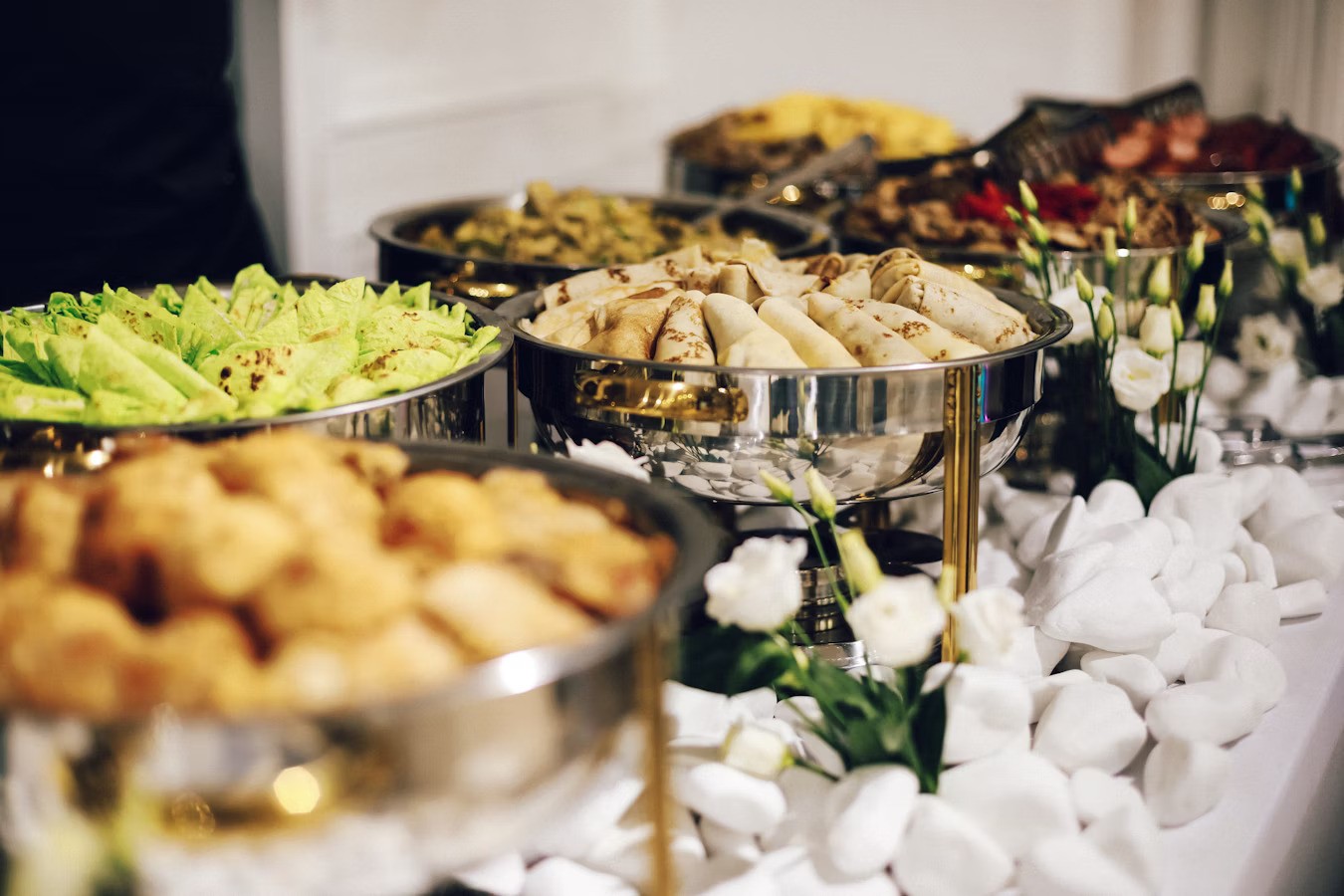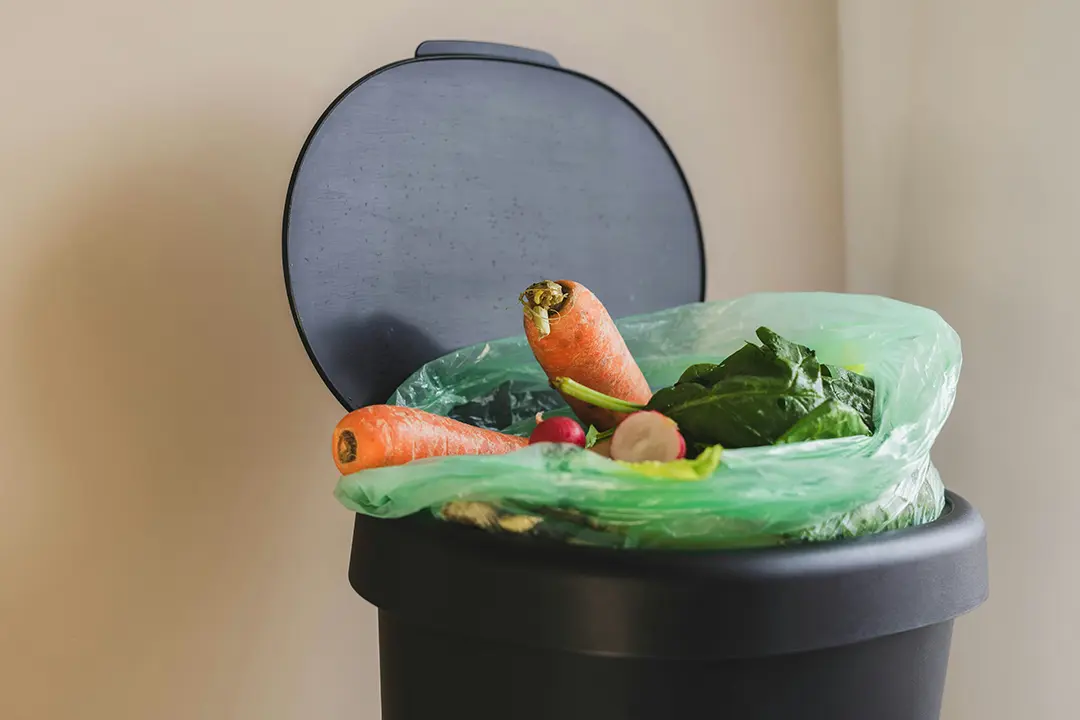The Power of a Waste Log: How Tracking Food Waste Can Transform Your Kitchen
Reducing food waste isn't just about sustainability—it’s a strategic move that impacts profitability, kitchen efficiency, and team awareness. In a professional kitchen, where margins are tight and operations move fast, knowing what you're wasting and why is the first step toward meaningful change.
But awareness alone isn’t enough. You need structure. You need data. That’s where a waste log becomes one of the most effective tools in your kitchen.
Whether you run a large-scale catering operation, a high-volume restaurant, or a tightly managed hotel kitchen, a waste log offers clarity—and over time, real savings.
What Is a Waste Log?
A waste log is a simple but powerful tracking system. It records the food that’s thrown away during prep, service, or post-service. It includes:
-
What was wasted
-
How much
-
Why it was wasted
-
When it happened
-
Who recorded it
It can be paper-based, digital, or part of a wider kitchen management system. The format doesn’t matter as much as the consistency of use.
A well-maintained waste log turns vague concerns about overproduction or spoilage into actionable data you can use to improve ordering, training, portioning, and prep.
You can’t reduce what you’re not measuring. A waste log helps you see the problem clearly—and solve it strategically.
Why Every Kitchen Should Be Using One
A waste log can help uncover the root causes of waste in ways no visual check ever could.
Over-ordering
Repeatedly throwing out the same unused produce? That points to inaccurate forecasting or ordering habits.
Prep inefficiency
Large amounts of trim and offcuts? This could be an issue with knife skills, yield awareness, or over-prepping.
Spoilage
Wasting food that’s gone off too soon? Poor storage, labelling, or stock rotation could be to blame.
Portioning problems
Consistent plate waste suggests portions are too large—or the dish isn’t resonating with customers.
Even one week of waste data will start revealing patterns. Over time, those patterns lead to smarter menus, tighter prep, and better profitability.
How to Create and Use a Waste Log in Your Kitchen
1. Choose Your Format
Start simple. You can:
-
Print a waste log sheet and post it at each prep station
-
Use a digital spreadsheet (Google Sheets works well for most teams)
-
Incorporate it into an existing kitchen management platform
Spiteri Catering has created a free downloadable template to help you get started—fully customisable for your kitchen.
2. Define Waste Categories
Clarity is key. Categories might include:
-
Prep waste (offcuts, over-trimmed protein, peelings)
-
Spoilage (expired or poorly stored stock)
-
Overproduction (uneaten mise en place, surplus trays)
-
Plate waste (returned dishes, uneaten sides)
Additional columns can include:
-
Estimated weight or volume
-
Monetary value
-
Time and date
-
Responsible staff member
Keep it practical and fast to fill in—this increases adoption.
3. Integrate It into Daily Workflow
A waste log only works if it becomes part of the routine. Make it visible, easy to access, and expected.
-
Assign responsibility by shift
-
Review logs weekly in kitchen briefings
-
Keep the waste log close to prep and service bins for easy access
Spiteri Catering supplies labelled countertop bins, colour-coded compost caddies, and prep station containers designed to integrate smoothly into a waste tracking workflow.
4. Review and Analyse the Data
The waste log is a starting point—not the solution on its own. After a week or two of consistent use, set aside time to review the results.
Ask:
-
What are we throwing away most often?
-
Is it avoidable? If not, can we repurpose it?
-
Which shifts or sections generate the most waste?
-
Are there patterns in spoilage or overproduction?
From here, you can begin adjusting your systems:
-
Modify prep volumes or portion sizes
-
Rework ordering quantities
-
Refine your mise en place schedule
-
Add prep training to reduce trim waste
It’s a continuous improvement loop—and the waste log is what powers it.
How Spiteri Catering Supports Sustainable Kitchens
Kitchens committed to reducing food waste need practical, durable tools that support that ambition. Spiteri Catering offers a range of equipment designed to make waste management and food preservation easier, including:
Waste separation bins and compost caddies
Built for commercial use—easy to clean, stackable, and clearly labelled for quick identification.
Portioning tools
Ladles, scoops, measuring guides and ramekins that help staff deliver consistency and reduce over-serving.
Airtight storage containers
Prevent spoilage and simplify stock rotation with stackable, see-through containers suitable for dry, chilled, or frozen goods.
Vacuum pack machines and blast chillers
Extend shelf life of prepared items, reduce leftovers, and repurpose surplus with safe storage and cooling.
Small changes in workflow, supported by the right equipment, can have a big impact on both sustainability and profitability.
Download: Waste Log Template for Professional Kitchens
To help you get started, we’ve created a free, printable Waste Log Template for use in any kitchen environment.
[Download Waste Log Template (PDF)]
-
Customisable categories
-
Space for daily entries
-
Designed for ease of use in prep and service environments
Print it out, brief your team, and start tracking for one week. You’ll be surprised how quickly the data leads to smarter decisions.
Final Thought: Waste Less, Run Better
Food waste reduction isn’t just about doing the right thing—it’s about running a sharper kitchen. Waste logs turn gut instinct into clear, actionable insight. They shift culture, build accountability, and unlock savings you didn’t realise you were throwing away.
At Spiteri Catering, we help kitchens waste less, prep smarter, and invest in tools that make both possible. From portioning to storage to waste separation, we’re here to help you run better—not just greener.


